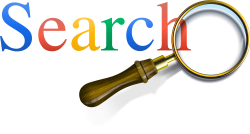Check our tools & techniques to debunk manipulated visual content
Categories
- Google (4)
- Information manipulation (5)
- Information World (4)
- Keywords Power (2)
- Privacy (5)
- Research Techniques (14)
- Researcher's Tools (13)
- Researching Resources (4)
- Trending (9)
